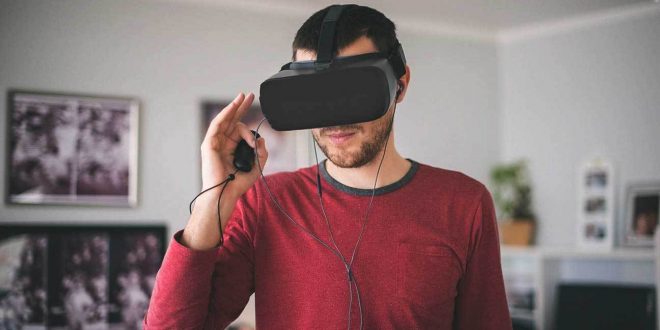If video games could help take away pain, would people actually pick up a controller? It’s a thoroughly 21st-century question that researchers at the University of Sydney sought to answer in a new study published in the journal Physical Therapy.
In the first study of its kind, researchers introduced Nintendo’s Wii Fit U to some unlikely players: Adults aged 55 and older who suffer from chronic lower back pain. The researchers instructed participants to use the Wii Fit U exercise program for 60 minutes, 3 times a week. Though video games have been used before in musculoskeletal rehabilitation, this research shows preliminary evidence supporting the use of video games to manage chronic lower back pain.
Rising cases of back pain
Lower back pain is the most debilitating musculoskeletal condition around the world, with more than 80 percent of Americans experiencing it at some point in their lives. It’s costly too: In the United States alone, costs related to the condition exceed $100 billion a year.
Keaton Ray, PT, DPT, attributes the condition and costs to a sedentary society, discordant treatment options, and an inefficient healthcare system.
Worse, lower back pain increases as we age.
“As we get older, the discs in-between our joints actually shrink,” explained physical therapist Michael Kamme. “So as that happens, if the disc doesn’t degenerate symmetrically, it winds up putting pressure on other structures, and starts to cause pain within the joints.”
This pain affects daily activity, can inhibit the ability to walk and sleep, and has even been linked to malnutrition and psychological distress.
Despite the higher rates of the condition in older adults, they’re commonly left out of controlled trials on lower back pain. Kamme says it’s important to study their needs.
“[Older adults] actually need more focus and more attention because they have other complications that can make their lower back pain and general health even worse,” Kamme said.
What did the study find?
Six months after the study, participants who used the Wii Fit U reported much higher pain self-efficacy than the control group (though higher pain self-efficacy was not reported immediately or at the three-month mark). Additionally, the Wii Fit U users also showed significantly greater improvements in pain and function. They were also much more likely to continue flexibility exercises at least once a week even six months after the study.
Older adults tend to prefer at-home therapies to anything that requires them to travel or pay additional costs, but research has shown that adherence rates to home exercise programs are typically very low. However, adherence in this study was 70.8 percent, which is high, especially when compared to studies where participants exercised without supervision.
That could be due to the medium providing instruction. Because video games inherently require interaction, and give on-screen instructions and performance feedback, people could choose them more often to exercise.
Ray says that the research is encouraging.
“Anything that keeps people active and moving is going to be a successful way to manage low back pain,” Ray said.
However, she notes that the Wii Fit U exercises are very “general,” while “recent research that’s coming out about physical therapy treatment for low back pain… says it should be a really specific type of exercise program based on specific evaluation.”
There are, however, ways to manage low back pain at home that don’t require individualized treatment plans (or costly gaming systems).
Keep moving: It’s important to continue movement, no matter how small. Kamme suggests getting up every 30 minutes, even just for 5 seconds.
“The more you can move your body despite your pain, the healthier you’re going to be, and the quicker your back pain is going to resolve,” Ray says.
Watch your posture: “Even if you held perfect posture for hours on end, you’d still end up being kind of achy because your body wasn’t designed to sit in perfect posture for long periods of time,” Ray says.
But bad posture can still take a toll after years of sitting and it’s important to be cognizant of it.
Choose the right chair: Ray recommends choosing furniture that supports the curvature of your low spine.
“Firmer chairs and higher chairs are better because they don’t let you sink down,” Kamme notes. He suggests bringing a kitchen chair into the living room to watch TV. While it might not be as comfortable as the couch, it encourages better posture which can minimize pain.
Exercise carefully: Kamme cautions that most exercise should be directed by a professional, but shares one movement many PTs encourage: Suck your belly button into your spine (“like you’re putting on a pair of pants that don’t fit”) to stimulate your core muscles. It’s important to remember to breathe during this exercise to avoid raising your blood pressure.
Use topical creams properly:Topical solutions should only be used to “mitigate the pain so you can move,” Kamme says. Using those pain relief methods should only be used in conjunction with regular movement.
One last word: Kamme’s final words of advice for those suffering from chronic lower back pain? “The sooner you move, the sooner you’re active in any way, the better it’s going to feel. The more you’re sedentary and avoid those movements, the longer it tends to linger. And the sooner you get attention for it, the better as well.”
–
Healthline
 UAE BARQ برق الإمارات – نبضك
UAE BARQ برق الإمارات – نبضك


